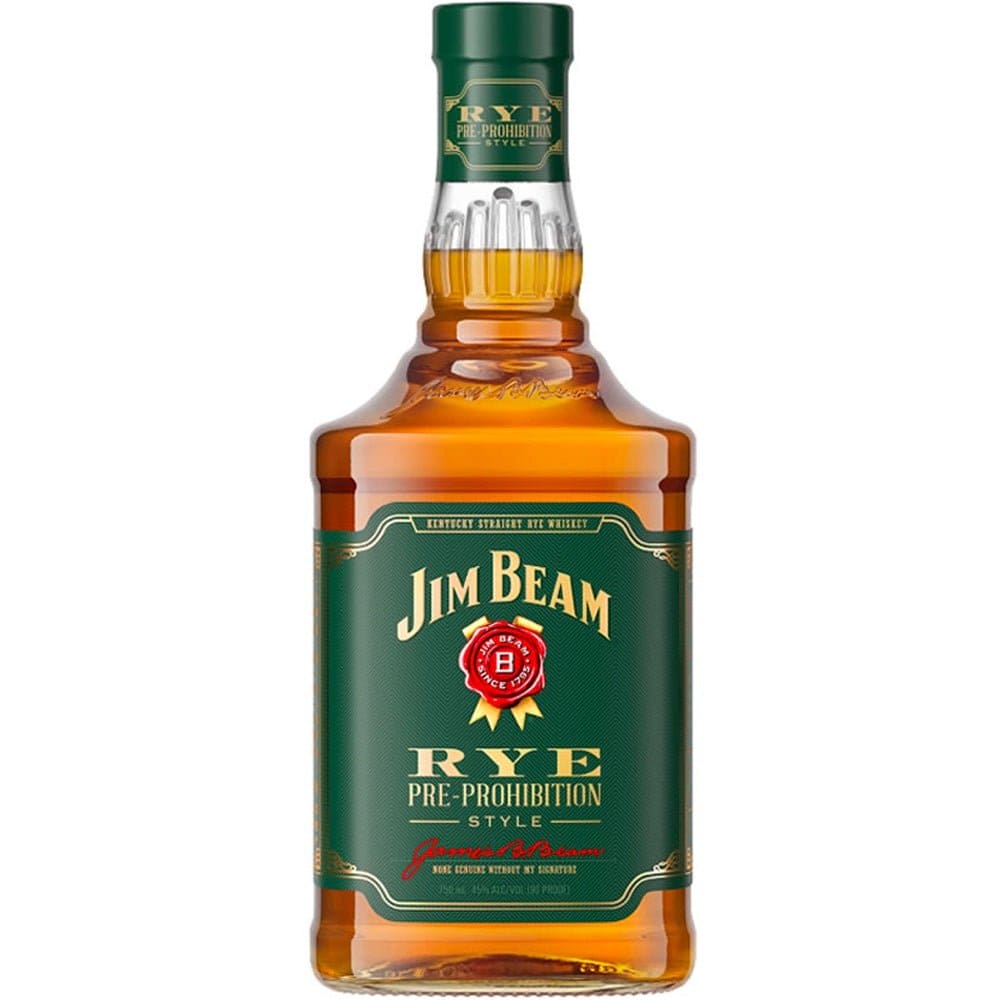
Jim Beam Pre-Prohibition Rye Whiskey
Discover the Heritage of Jim Beam Pre-Prohibition Rye Whiskey
Experience the rich tradition of whiskey-making with Jim Beam Pre-Prohibition Rye Whiskey. Crafted to honor one of the oldest family recipes, this exceptional rye whiskey stands out for its bold flavor profile and smooth finish.
Key Features:
- Authentic Recipe: Made using a recipe that dates back to the pre-Prohibition era, ensuring a taste that echoes history.
- Distillation Excellence: Crafted with the same exacting standards that have defined Jim Beam for over 200 years, guaranteeing quality in every bottle.
- Versatile for Mixology: A favorite among bartenders, it offers a bolder take on whiskey, perfect for classic cocktails or enjoying neat.
- Smoother Finish: While it draws inspiration from the past, its modern smoothness makes it approachable for all whiskey lovers.
Why Choose Jim Beam Pre-Prohibition Rye Whiskey?
This whiskey is not just a drink; it’s a journey into the rich legacy of American spirits. With a bold character and a smoothness that appeals to contemporary palates, it’s an ideal choice for both seasoned enthusiasts and those new to the world of rye whiskey. Elevate your drinking experience and celebrate the spirit of tradition with every sip of Jim Beam Pre-Prohibition Rye Whiskey.

Explore a World of Spirits and Liquor through our Comprehensive FAQ Section.
Discover a World of Spirits and Liquor in our Helpful FAQ Section.
Types of Spirits
- Whiskey: Made from fermented grain mash and aged in wooden casks.
- Vodka: Typically distilled from grains or potatoes and known for its clear, neutral flavor.
- Rum: Produced from sugarcane byproducts like molasses or sugarcane juice.
- Tequila: Made from the blue agave plant, primarily in the area surrounding Tequila, Mexico.
- Gin: Distilled with botanicals, primarily juniper berries, giving it a distinctive flavor.
Production Process
- Fermentation: The process where yeast converts sugars into alcohol.
- Distillation: Separating alcohol from the fermented mixture to increase its concentration.
- Aging: Storing spirits in barrels to develop flavors over time.
Tasting and Pairing
- Tasting Notes: Learn to identify different aromas, flavors, and textures.
- Food Pairings: Discover which spirits complement various dishes, enhancing the dining experience.
Cocktails and Mixology
- Classic Cocktails: Recipes and techniques for making popular drinks like the Old Fashioned, Martini, and Mojito.
- Mixology Tips: How to balance flavors and create your own cocktail recipes.
History and Culture
Origins: The historical background of different spirits.
Cultural Significance: How spirits are enjoyed and celebrated around the world.

